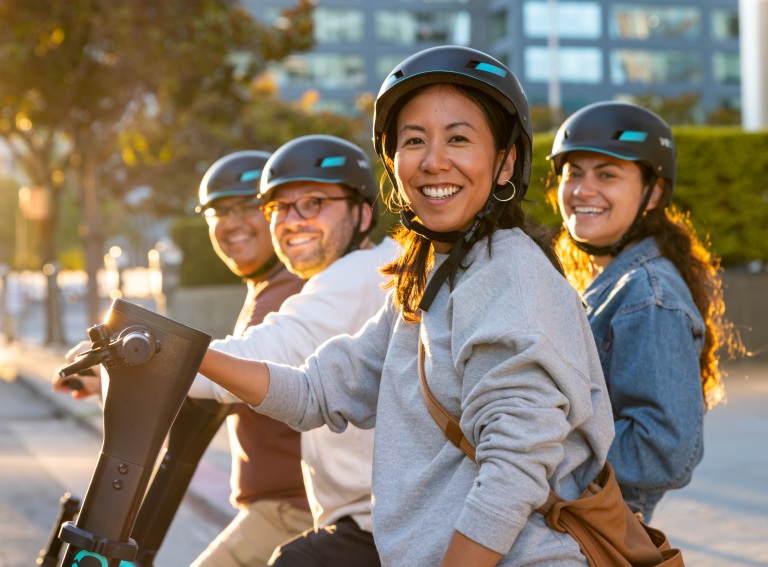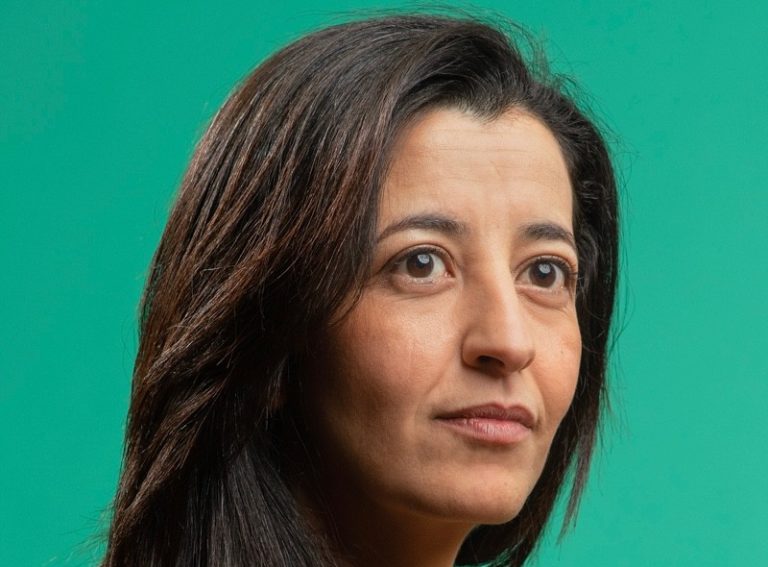Eight years ago, Ross Douglas launched the world’s first dedicated mobility Expo – Autonomy Mobility.
Born in Johannesburg, Douglas began his career as a T.V producer focusing on wildlife films for international broadcasters. From there he ran an events company where he set up a bicycle fair, design fair and the world’s first African contemporary art fair – FNB Joburg Art Fair in 2008 – a key gathering for the African art community.
“But my real interest was global warming,” says Douglas. “I spent a huge amount of time reading up on this area and one of the easiest ways to reduce carbon emissions is through transport. It is much more difficult with things like building and heating or beef, but transport can change quite quickly.”
Today, he runs an annual 8,000+ participant, 200+ exhibitor, 300+ speaker Expo for policymakers, institutions, NGOs, and start-ups focused on sustainable urban mobility solutions.
Zag Daily: Can you explain why Autonomy was first set up as an event for consumers?
RD: “My big interest is how do we radically reduce carbon emissions in the transport sector. At first, I thought consumers would change their behaviour quite quickly to reduce their carbon emissions, which turned out to be incorrect. In fact in 2016, the biggest trend was the switch from normal cars to SUVs, which meant carbon emissions from transport went radically up. SUVs became responsible for the biggest increase in CO2 emissions in the world.
“The real push came from national governments, and most importantly, from city authorities, as they wanted to reduce congestion, pollution and improve productivity.”
Zag Daily: Is that why Autonomy switched focus from consumers to governments?
RD: “Yes. If we think about change – the really big change is not driven by consumer fashion behaviour, it’s actually driven by policy. Policymakers will decide to invest say EUR250m into bicycle lanes in Paris and then companies will react to that and start rebuilding community ecosystems because the old way of doing things has come to an end. People now need to start cobbling together new mobility ecosystems. Our events help build these ecosystems, that’s really where our value lies.
“So we have formed alliances with different cities and organisations, such as the POLIS network for European cities for mobility. Besides our flagship event in Paris, we now hold city summits in London, Berlin, Munich, and others where we collaborate with city authorities and innovators to find the best solutions for sustainable mobility.”
Zag Daily: How does this work in practice?
RD: “We target two levels of policymakers – Deputy Mayors and transport authorities. We want Deputy Mayors in charge of transport to explain to the industry what their agenda is, what their thoughts on autonomous vehicles and shared mobility are, and how their city is performing in terms of modal share.
“Public transport authorities have the task of implementing those decisions. They are trying to understand, for example, how they can build a MaaS app to integrate public and private transportation. We want them to communicate those needs and explore what hardware and software solutions are available in the market to make those objectives a reality.”
Zag Daily: On the eve of Autonomy, what does the current mobility landscape look like?
RD: “Right now, pre-profit businesses are struggling to raise funds. This is a massive change as previously there was a huge amount of money flowing, because if you can disrupt mobility, you can make billions. But the market is now consolidating, a process sped up by high interest rates, so funding has dried up.
“At the same time, the big auto guys are now moving into this space, which is not surprising as they tend to move late. They have the luxury of waiting and observing what’s working before taking action, and when they do, they move with a lot more assets. You can see them becoming innovative and the market maturing with that.
“But what excites me most is that we’re seeing such a strong shift from motorist to mobilist.”
Zag Daily: What’s driving this consumer shift?
RD: “Most consumers don’t switch on a moral argument. They make the switch for three reasons – price, status and convenience. The price of cars remains high, the status from owning one is no longer what it used to be, and the convenience has reduced because of congestion, parking and so on. So this idea that you need to own a motorcar is becoming a thing of the past, while the benefits of mobility are coming to the fore.”
Zag Daily: Can you share some examples?
RD: “There’s huge change happening all over that demonstrates people will go multimodal. For example, we just spoke with the head of the Dutch police in charge of sustainability which has 62,000 members. They have increased the number of people cycling to work by 10% – that’s 6,000 people. In Berlin, thanks to the Jelbi app, the city’s entire public transport and sharing services are now all in one app, with one payment gateway, giving the user ample choice and low friction. They do about 1.2 billion rides a year. In the UK, your average motor mileage has reduced to around 100 miles a week, which is nothing, and probably isn’t worth owning a car.
“So we’re going from fixed ownership to flexible usage. That’s the future of mobility and that’s the new ecosystem approach that will be on display this week in Paris, do come check it out.”





